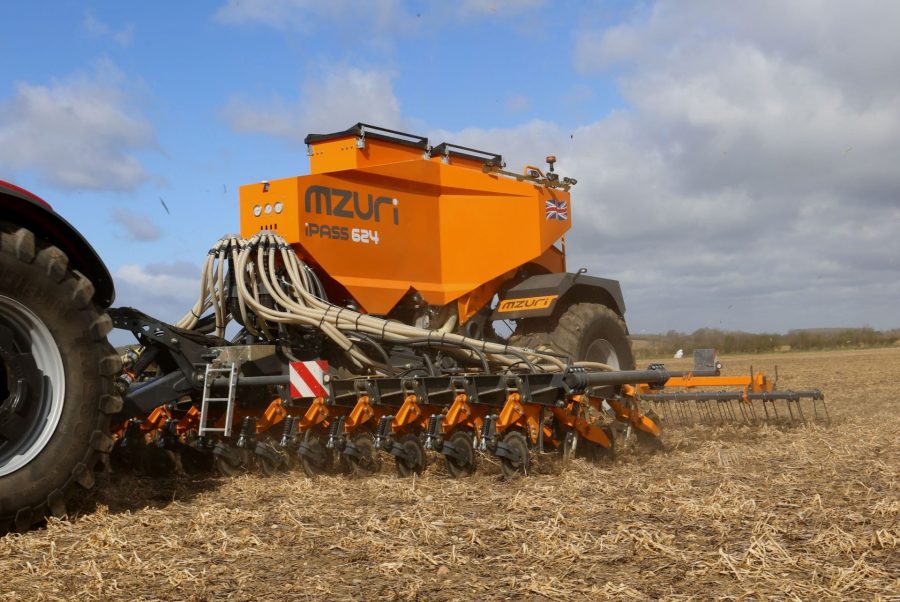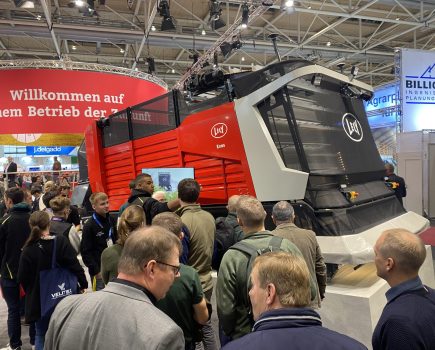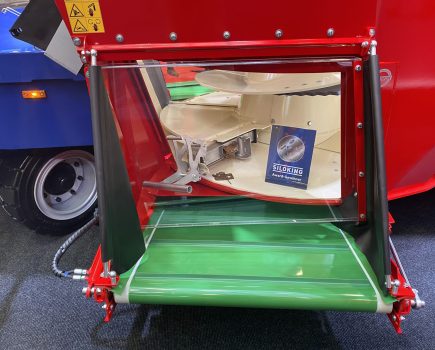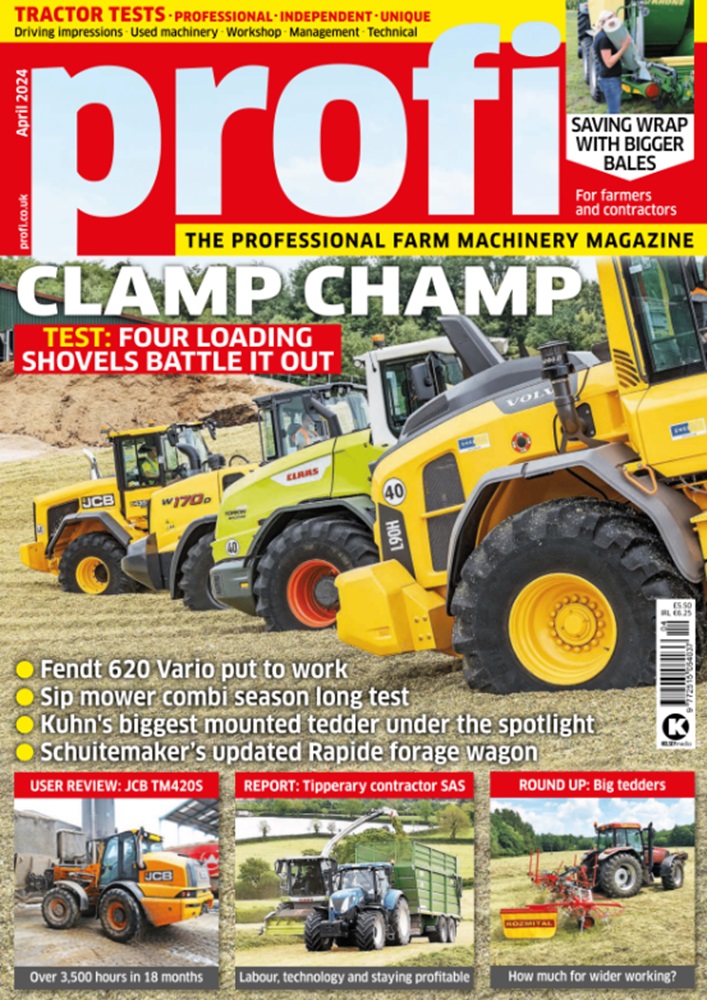Last year Mzuri introduced the Ipass under the Izona livery, but it has now taken the decision to sell it in the firm’s familiar orange colour scheme.
The Ipass is aimed at farms looking to achieve high output lower disturbance direct drilling into a range of soil and surface types. Main changes since last year’s preview include a different coulter assembly and the smaller 5,000-litre pressurised hopper (was 7,000 litres).
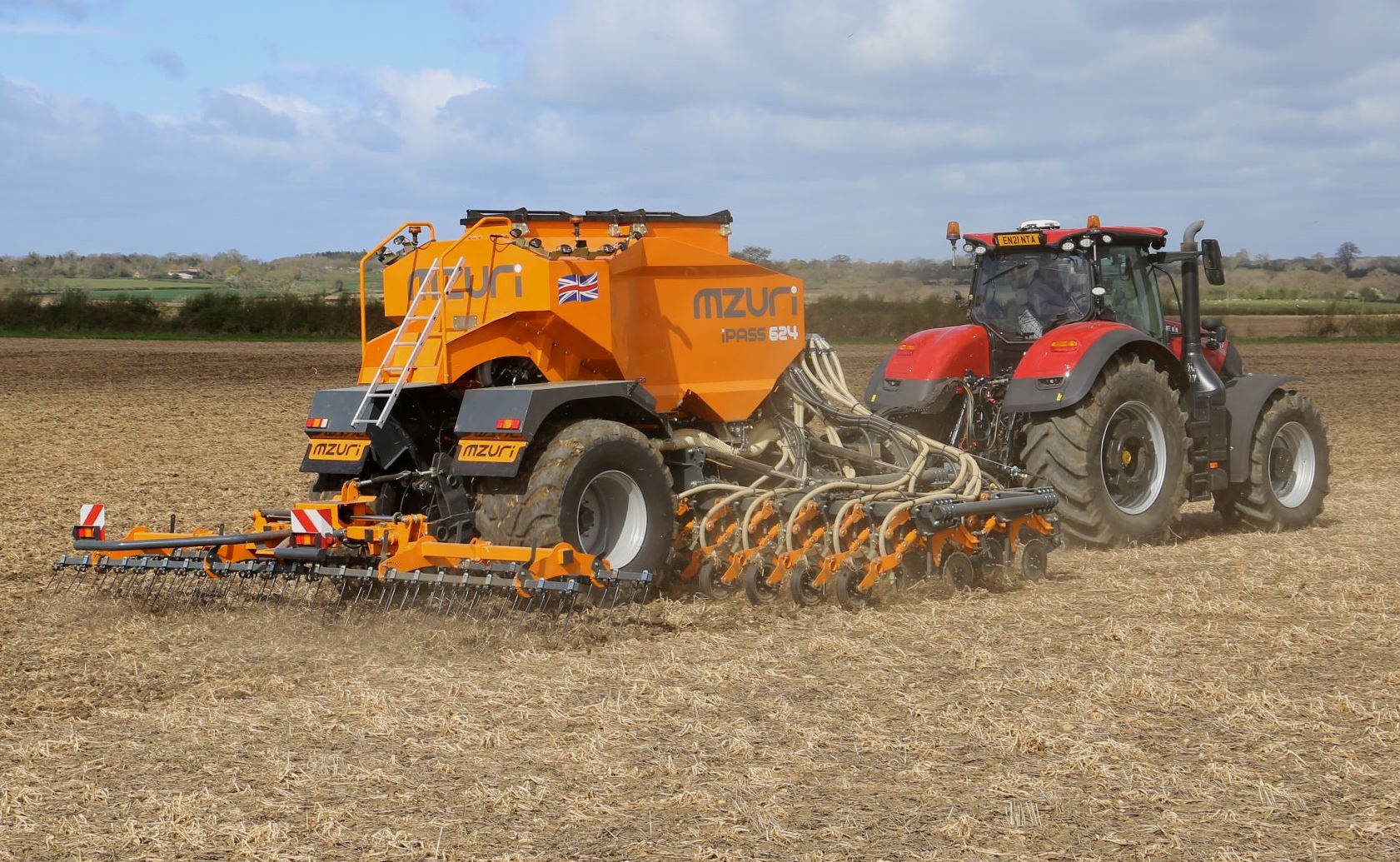
The metering system is designed to accommodate all fertiliser compounds and seed types, including small OSR, grass seeds, maize and winter beans, at faster forward speeds. The four variable speed electric metering units (two for seed and two for fertiliser) provide the option to shut off half of the width. The coulter configuration on all widths (4.0m, 4.8m, 6.0m and 8.0m) allows the Ipass to work into a range of different surfaces including cover crops, stubble, grassland and even cultivated land.
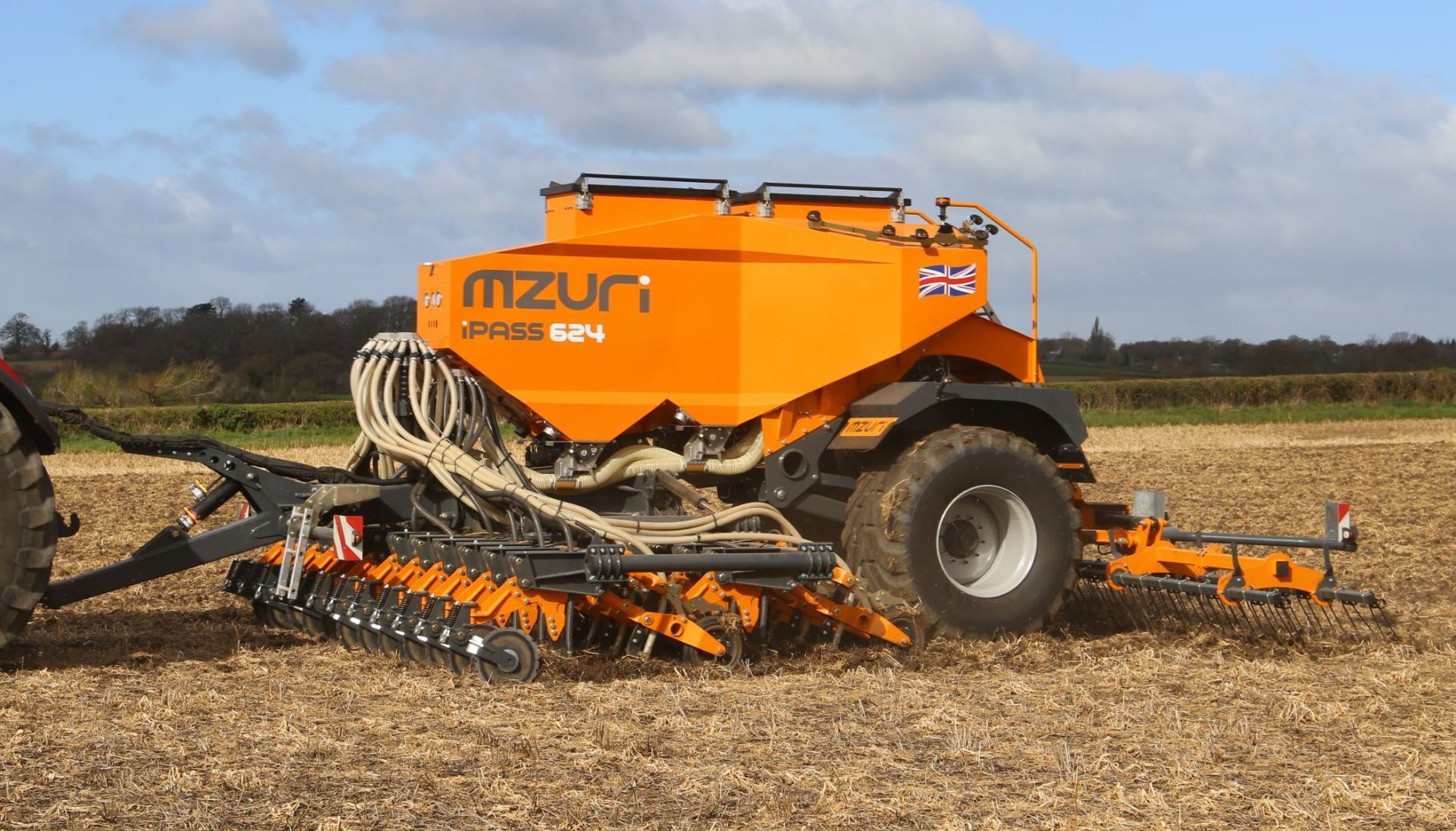
The leading disc cuts through surface trash. This is then cleared by the primary knife coulter and a band of fertiliser is placed below the seeding zone. The ball joint system of the secondary seeding coulter allows it to self-steer behind the path of the band placed fertiliser. Suspended by an independent parallel linkage the coulter angle is said to be unaffected by seeding depth regardless of terrain and the ground is reconsolidated by individual V-shaped depth wheels.
“With recent events in Ukraine and the soaring fertiliser prices taking us in the region of £1/kg, the benefits of band placing fertiliser, fast outstrip any remaining doubt surrounding this type of system and contribute to savings of an almost unimaginable level,” comments Mzuri founder, Martin Lole. “For spring cropping, by band placing fertiliser we are using up to 100kg less fertiliser per hectare when compared prior to adopting a one-pass system.”
Available to order now, the new model will be on display at LAMMA next month.

